There is a lot of discussion at present about rubber hoses and if they are suitable for use with E10 fuel. But what is E10 fuel? Your petrol car runs on unleaded, right…
With the help of our Chief Engineer, we’ve compiled this article to bring you up to speed.
A quick history lesson to start with. Petrol used to be sold as Leaded – this refers to lead as an additive, being mixed into fuel to prevent uncontrolled combustion or “knocking” as it is commonly known. (Some companies used to distribute petrol without this additive – they called it “No Lead”)
By 1975, global environmental issues were much more of a concern and with the onslaught of the catalytic converter an alternative to the lead was required. The reason being lead would clog the newly fitted catalysts, causing more problems. “Unleaded” petrol was born, and the lead additive replaced by MTBE or Methyl tert-butyl ether to its friends.
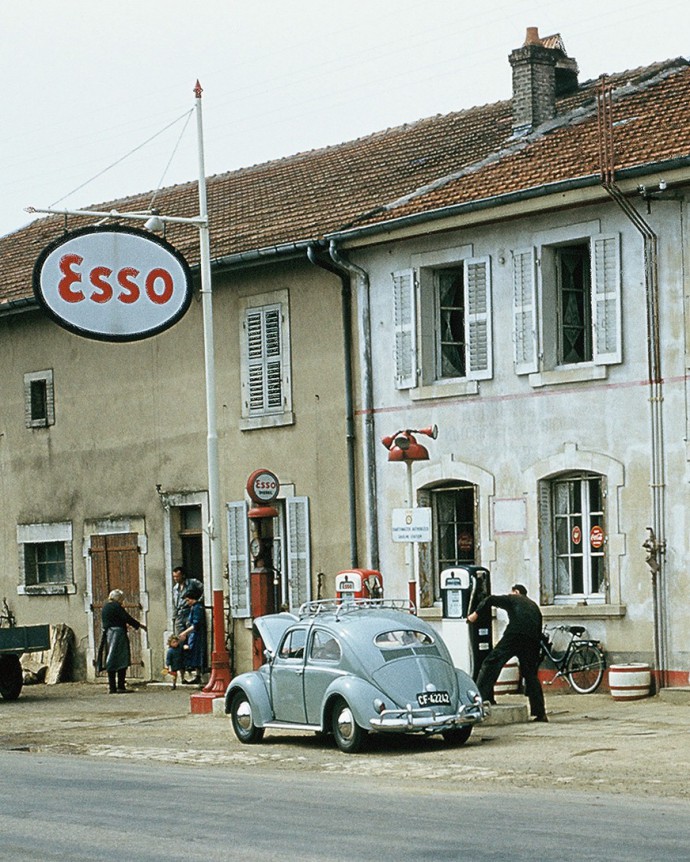
Fast forward a few years to 1999 and MTBE in petrol is also in a phase out process, no longer in favour and linked closely to pollution; California are leading by example, Europe will in turn follow. MTBE is replaced by Bio Ethanol as the octane booster of choice. A 5% mix is added – code named E5. From 2013 this percentage started being increased to 10%, and hence the name E10.
Here’s what you need to know now!
The problem is although Ethanol is a nice octane booster and better for the environment in many ways, it eats many types of rubber, is corrosive to brass, steel and aluminium, and also absorbs water (which rusts out tanks over winter lay-up). Scientifically it has a lower calorific value, different density, higher volatility, and has a higher % of oxygen in it.
Whilst this is fine for modern vehicles with high pressure fuel injection, hi-spec fuel lines, Cad plated fuel components, plastic fuel tanks, and lambda sensors that auto-correct for the change in energy value in the fuel, it’s not so great for our older cars.
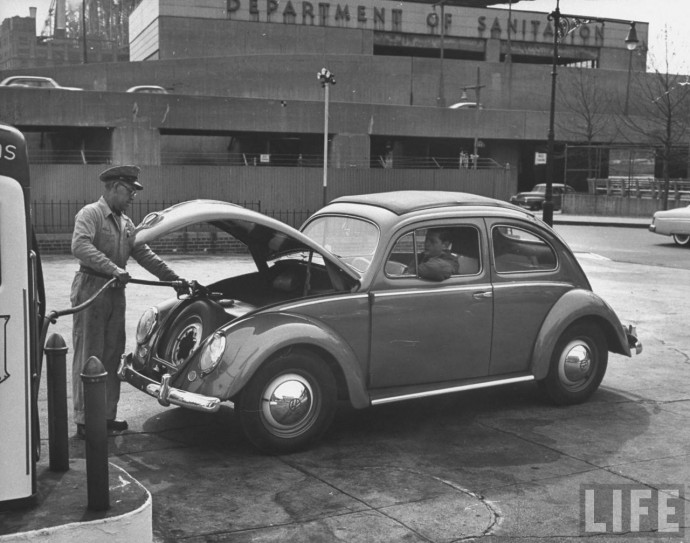
Using E10, what can happen?
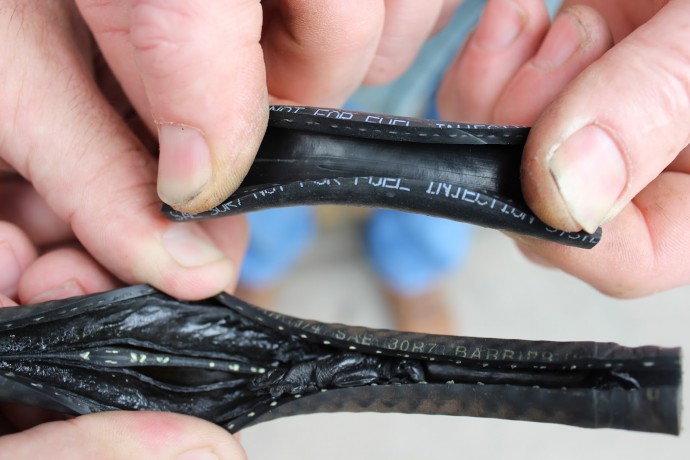 Well, without sounding all “doom and gloom” …cracking fuel lines, rusting fuel tanks, carbs corroding inside, engines running leaner, hot starting issues, fuel pump and carb diaphragms & o-rings failing, to name a few issues you could suffer. The change in fuel density means the carburettor float level is different. The lower calorific value & oxygen in it means the engine runs leaner. The higher volatility is good for injection under pressure, but with a low pressure system and a bit of heat soak you can get vapour lock in the fuel lines in the engine bay leading to problems with hot starting.
Well, without sounding all “doom and gloom” …cracking fuel lines, rusting fuel tanks, carbs corroding inside, engines running leaner, hot starting issues, fuel pump and carb diaphragms & o-rings failing, to name a few issues you could suffer. The change in fuel density means the carburettor float level is different. The lower calorific value & oxygen in it means the engine runs leaner. The higher volatility is good for injection under pressure, but with a low pressure system and a bit of heat soak you can get vapour lock in the fuel lines in the engine bay leading to problems with hot starting.
Ethanol is a good solvent, so it loosens a lot of the gum coating from old fuel in tanks, and combined with rust, it will block fuel filters all day long. It can also dissolve some of the tank-seal products used to rescue old fuel tanks, though many are being re-formulated to cope with it.
Many old vehicles are used infrequently and often stored for long periods, during which it also absorbs water which can separate out into an Ethanol/water mix in the bottom, and a heavier end fuel part in the top. When the temperature drops the water separates out from the ethanol and you get just water in the bottom – this happens in the tank and also in the carburettors. It is banned for use in Aircraft due to the problems it creates.
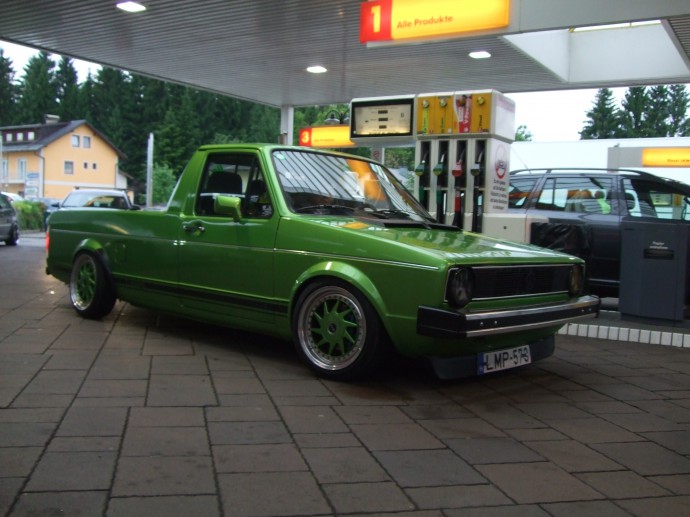
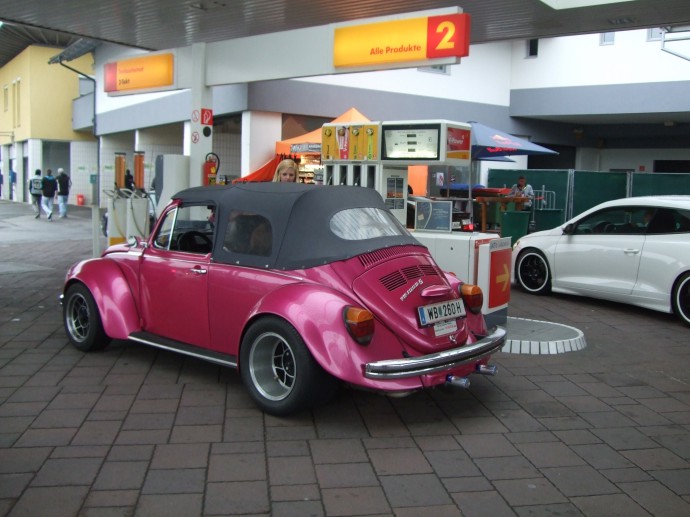
So, what now!
Most older vehicles seem to cope (just) with the 5% but the 10% seems too much. Advice from fuel companies seems to be advising not using E10 in anything made before 2000. It seems Germany postponed the introduction as they have 3.4 million vehicles pre-dating this. France introduced E10 as an option in 2010 but advises owners of older vehicles not to use it. In the UK many garages now sell it. Without clear indication at the pump as to whether a particular brand of fuel has it, it becomes very difficult to avoid or know for sure what you are putting in your tank. In the UK we apparently have 8.7million vehicles made prior to 2000* but the government appears to be ignoring the problems and planning to introduce it across all fuels anyway. *figures correct Sept 2012
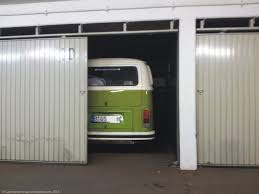 As far as vehicle layup is concerned, the fuel companies suggest doing so with ‘Winter’ fuel (as supplied from mid-October to mid-April) which should go off slower in storage. Also lay your classic up with a virtually full tank of fuel to reduce the volume of moist air and minimise the exposed area of metal inside the top of the fuel.
As far as vehicle layup is concerned, the fuel companies suggest doing so with ‘Winter’ fuel (as supplied from mid-October to mid-April) which should go off slower in storage. Also lay your classic up with a virtually full tank of fuel to reduce the volume of moist air and minimise the exposed area of metal inside the top of the fuel.
Another suggestion is to run the carburettor dry before laying it up to reduce corrosion in there. Fuel lines & O-rings & diaphragms should be checked regularly for deterioration and replaced with an E10 compatible Nitrile rubber which a lot of manufacturers are now rolling out. A fuel filter is also essential, preferably one with water-trap or bowl which can be easily inspected & drained/cleaned.
For all older vehicles we would recommend a complete overhaul of your fuel hoses, if you haven’t done so in the past few years. With recent events here (although not caused directly by this) highlighting to us the importance of safety in your vehicle it is the sensible option for sure. We’ve put together two kits to make life a little easier.
E10 fuel hose kits for single carb and E10 safe fuel hose kit for twin carb engines.
We would like to add, all our fuel hose is safe for use with E10 fuel – We have checked with our suppliers to confirm this. Our hose is manufactured from NBR (Nitrile Rubber) and is marked with DIN numbers DIN73379/1984 or DIN73379/1996 both of which are approved for use with E10 fuel.
Andy / Nigel Howe
The opinions expressed here are the personal opinions of the author and do not necessarily represent the views and opinions of VW Heritage.


Hi Guys
Are you planning on guaranteeing your new engines to this new E10 fuel standard any time soon?
I’m in the market for a new engine
Thanks
Craig
Is this still relevant if you’re putting a lead-substitute additive in your tank, each time you fill up?
At least when your aircooled engine gives up the ghost because of ethanol related issues you can pull over to the side of the road.
Think of us poor sods who use converted VW aircooled engines in our aircraft. Only one way to go and that is down!
We in the light aircraft world have been trying to get our heads around the problem of ethanol in mogas (that’s what we call the petrol we get from filling stations) and the only solution we’ve come up with is to replace everything with components made from materials that won’t degrade when they come into contact with ethanol and strip down and inspect carbs every 12 months. Even tanks can suffer and quite a few aircraft owners have replaced fibreglass tanks with aluminum.
The easiest way to get water out of your system, is to add 96% or more pure alcohol to your tank.
Water and alcohol are mixing, and all together is mixing with petrol, so you burn the water with your engine ( tested many times).
How about doing an E10 conversion kit?
Or just use high octane unleaded petrol. More expensive but no added Bio Ethanol.
I have a 1976 2.l Californian fuel inj engine, does the f10 problem still apply or better to use the higher cot fuel? And change fuel lines soon
CRAIG RUTHERFORD – the issue is not with the actual engine, but with the fuel systems attached to it..
SEAN YEATES – Lead substitute will not counter the effects of Ethanol.
ROGER – Better test that Parachute! 😉 Thanks for your comments – we had an email today telling us this article was rubbish and AVGAS is bio-ethanol and is safe in aircraft. We have several aircraft customers who confirm exactly as you say.
GAZ – unfortunately it isn’t that simple , since as ethanol is a good octane booster it is also a good way to make super-unleaded
TOBIAS – an E10 conversion kit is not that simple – there are many variables of fuel line sizes, pump types, etc. New South-American Genuine VW Beetle fuel tanks are galvanised so don’t corrode, but that does not help owners of other vehicles. Hence our reasons for putting together the above article on what you can do to reduce the effects. The single most important thing to do is to check your fuel line and replace with Nitrile Rubber ones.
Thanks for the corroborative comments Nigel.
One other issue we flyers have to contend with is when testing fuel.
The usual method is to insert a fuel tester into the bottom of the tank and draw off a sample and as ethanol absorbs water from the atmosphere there have been incidence of the test sample being completely made up of water due to there being so much water at the base of the tank.
In normal circumstances small amounts of water can be easily seen in the tube as it settles at the bottom with the lighter petrol above it.
When the tube contains just one liquid it is very easy to assume it is all petrol and if it’s all water it can be hard to distinguish from petrol and even smells of petrol which is to be expected given that it has been sloshing around in the stuff.
Again no great shakes for car users but when missed in an aircraft water in the tank can be fatal, particularly when the engine fails at a 100 feet and you are climbing out over a built up area with nowhere to put down!
Maybe it’s time for a social media strike to give our EU government a kick up the backside
how about getting plastic fuel tanks made as replacements for the future
Are there any additives yet that slow or stop all this nastyness???
Galvanized tanks, couldn’t you get that done with some repro ones, assuming the repro’s are any good. That would be one issue sorted.
Do you know if any of the ‘tank liner’ products are able to cope with this yet, if so, which ones? Another good product to be selling.
We don’t sell any tank-liner products, but a quick internet search shows many are reformulating to cope with E10.
I had wondered about Plastic fuel tanks. There are obvious safety / liability aspects we may have to consider, but it might be worth me investigating.
Have you had thoughts yet on my first comment? How much will e10 effect our vans that are fuel injected?
Just found this on a UK site and looks as though it could be the answer for those with tanks prone to ethanol degradation including metal tanks. I’ve used US manufactured tank sealing compounds in aircraft in the past and they all make a good product, so can’t see any reason why this one isn’t up to the job:
http://www.hitchcocksmotorcycles.com/news/22231/Ethanol_-_Part_Two:_The_Remedies
Any chance the rubber on the replacement filler caps will be upgraded to suit. My last one only lasted 4 years (the original for the 36 preceding years)
Thanks for your article.
I had searched in vain for the EU?DIN numbers of fuel line.
All that seems to be on sale where I live in the Midlands (England) Is marked with the SAE number – SAE J30 R9.
I ASSUME this is good for E10?
Stephan Kassner
VW 1971 Beetle
Hi Stephen,
Glad you found this article interesting.
The SAE J30 R9 is a modern type of hosing found on new cars and sold by many to work with E5 and E10 fuels.
It is fine for use with E10.
Thanks
Andy